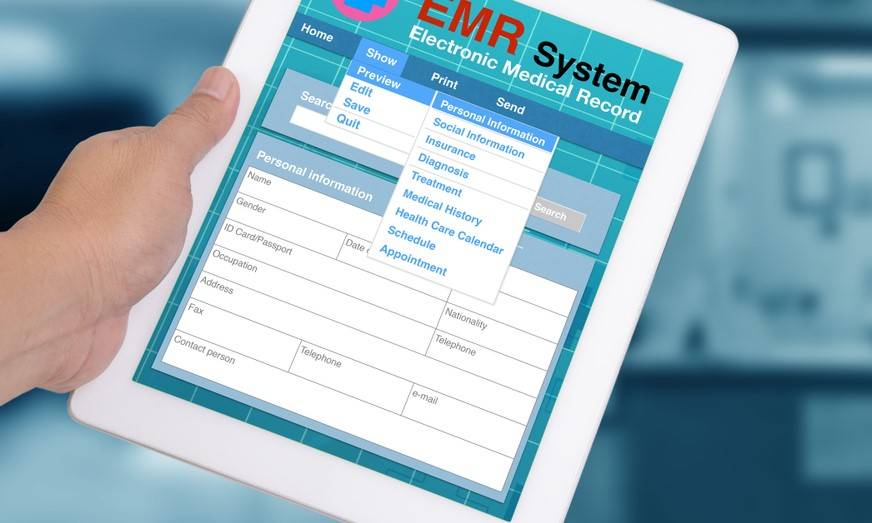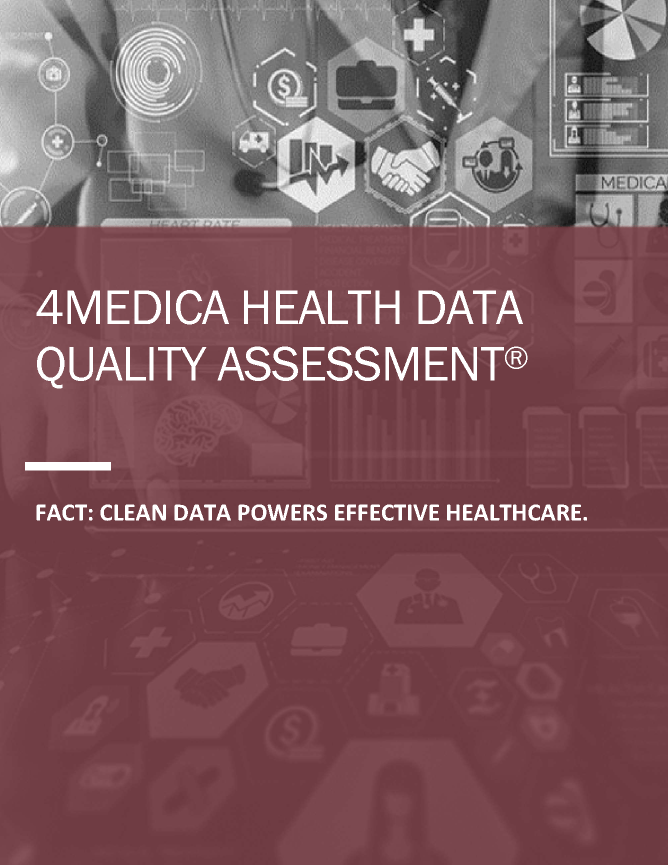We have more health data than ever, thanks to the adoption of electronic health records (EHRs), advances in interoperability that allow healthcare stakeholders to exchange patient files, and the proliferation of digital devices such as wearables that capture and transmit individual biometric and performance metrics.
But it doesn’t matter how much patient data a clinician has at the point of care if that data is of poor quality.

The rate of patient identification errors, such as duplicate records, exceeds 20% in some hospitals and health systems. Far too often, patient matching problems can be fatal. Duplicate patient records account for nearly 2,000 preventable deaths and cost nearly $1.7 billion in malpractice costs each year, medical liability insurance provider CRICO Strategies has estimated.
People are dying because their medical records are inaccurate and incomplete – and sometimes include another patient’s data! This is unacceptable. It also is avoidable.
Get it right the first time
The best way to avoid clinical mistakes is to have the right information about that specific patient. This means the patient is correctly identified and their medical records are thorough, accurate, and up to date.
That starts at the point of care. It is critical that intake staff are able to correctly identify the person before them at registration or check-in. In a busy, understaffed emergency care facility, staffers must quickly collect information about a person seeking care. If the person supplies identifying information that is different than what is recorded in the patient’s existing EHR file – such as a new address or phone number – an emergency department staffer may struggle to find that patient file and then opt to create a new one to save time. This is how an EHR eventually gets flooded with duplicate patient records.
Patients who, due to their condition upon arrival, are unable to provide identifying information, present an even greater problem and are at higher risk for misidentification.
A busy registration worker also may accidentally place one patient’s medical information in another patient’s file. These “overlays” can lead to a patient being prescribed something for which they are fatally allergic, or receiving a blood transfusion of a different type than their own.
Patients want to trust their providers and they want to trust the facilities where they go for care. They don’t want to be given the wrong medications or have the wrong leg or arm amputated.
Leveraging technology
It is vital that the patient data shared downstream with other stakeholders – health information exchanges, health systems, labs and clinics, specialists, payers, researchers – is of the highest quality and, therefore, usable. EHR records that are riddled with duplicates, overlays, and other flawed patient data not only create risks for individual patients, they can undermine clinical trials and the development of precision health, or individualized care based on a patient’s unique genes, environments, and lifestyles.
With the right digital tools – such as a streamlined online form that enables intake staff to quickly and accurately register patients – provider organizations can improve efficiency and workflow while gradually eliminating inconsistencies in their data because it’s right the first time.
Automation is essential to optimizing the efficient and accurate capture of patient data at the point of care. Patient intake never can be fully automated and will always require human involvement. However, instead of humans being involved in 90% of the process, automation can reduce manual tasks to 10% or less of the total. Given the ongoing shortage of healthcare front-office employees, providers should embrace automation as a way to improve efficiency while easing work burdens on staff.
The impact of duplicate records in healthcare extend beyond the clinical realm. Duplicates can lead to increased claims denials, reduced operational efficiency, and poor patient satisfaction. All these threaten the financial viability of hospitals and health systems – and thus jeopardize their ability to continue treating patients.
Further, when hospitals and health systems fail to improve the quality of their health data, the value of that data for research or sale decreases. Higher-quality data equals higher-value data.
The ultimate measure of success
While healthcare organizations have valid competitive, financial, operational, and collaborative reasons for improving the quality of their data, patient care and safety remain the top priority. And keeping patients safe is extremely difficult if their medical data is inaccurate or incomplete because of duplicate records and overlays.
Healthcare organizations shouldn’t wait for Washington to finally authorize a national patient ID. They should proactively and continuously work to ensure that clinicians have the most accurate data possible for the people they are treating at the point of care. That starts with matching patients to their correct records with the right digital tools.
Nobody should die because of patient identification errors. We can – and must – do better.
This article was originally published by Chief Healthcare Executive and can be viewed here.

